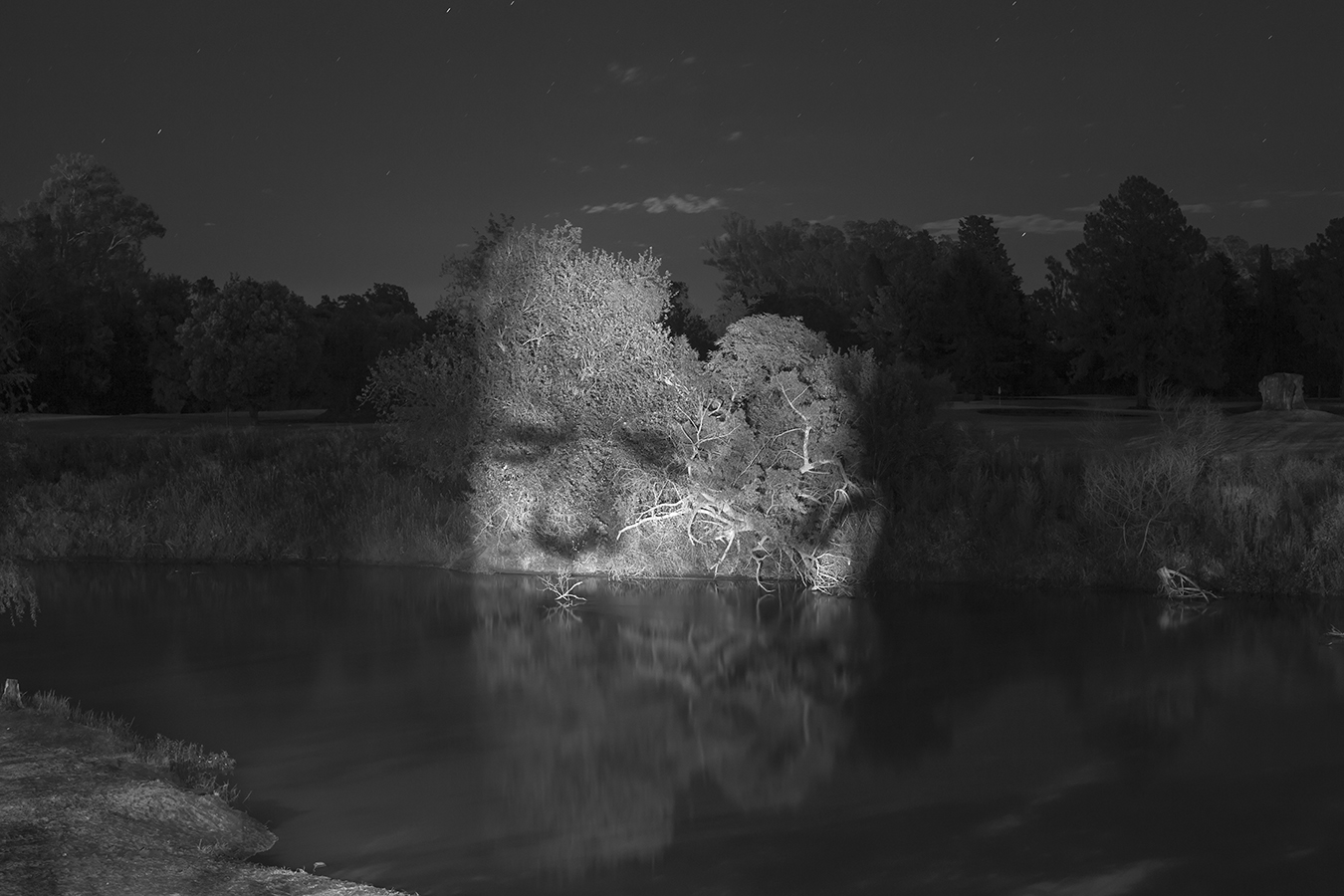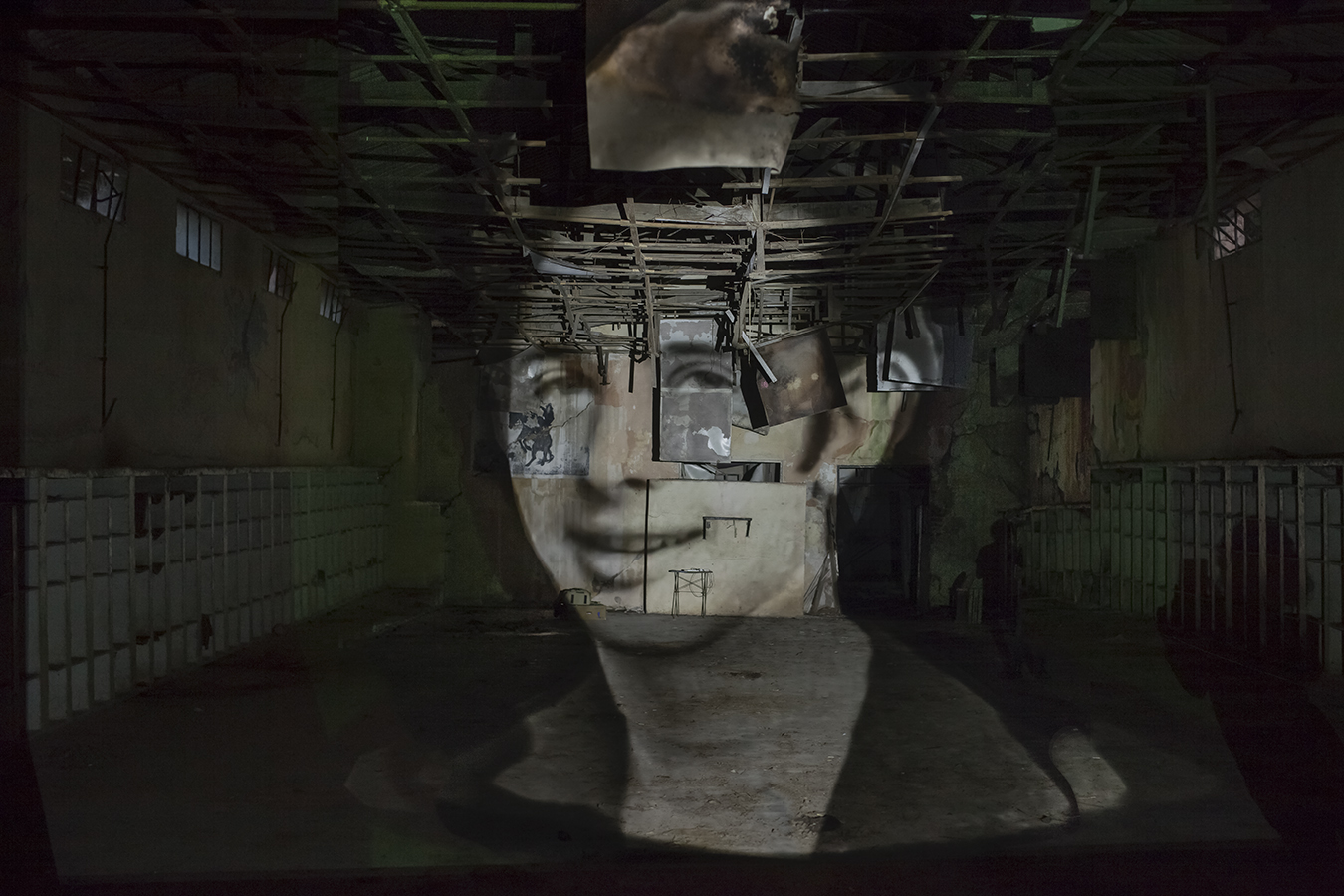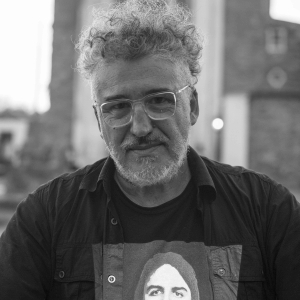Gabriel Orge
Gabriel Orge (Córdoba, Argentina, 1967) is a photographer and visual artist whose work explores the connections between image, memory, territory and politics. He combines documentary photography with installations, projections and performances to activate public and natural spaces. Since 2000, he has coordinated Manifiesto Alegría, a workshop dedicated to training in contemporary photography with an emphasis on experimentation and critical reflection. She has received important awards, including the First Acquisition Prize at the National Visual Arts Salon (2015). He lives and works in Córdoba, Argentina.
Throughout his career, Gabriel Orge has developed a diverse body of work that transcends traditional photography to integrate installations, interventions in public space, objects and projections. His artistic practice focuses on the exploration of collective memory and the traces that history leaves in the territory and society. Through his projects, he seeks to activate the dialogue between the visible and the hidden, recovering silenced narratives and focusing on political and social issues.
His work has been exhibited in national and international spaces and is part of public and private collections, such as the Caraffa Museum, the Palais de Glace and the Rosa Galisteo Museum, among others. In addition, he has received multiple recognitions and awards that endorse his contribution to contemporary art and documentary photography.
As coordinator of Manifiesto Alegría, Gabriel promotes experimentation and critical thinking in photography, fostering an open space for training and artistic production. His commitment to teaching and creation positions him as a relevant figure in the cultural scene of Córdoba and Argentina.


Gabriel Orge continues to explore the possibilities of visual language to generate awareness and memory on historical and social issues. His work is characterized by the integration of different formats and techniques that enrich the viewer’s experience, from photography projected in urban spaces to interventions that dialogue with the natural and built environment. This multidisciplinary approach allows him to address issues such as forced disappearances, state violence and cultural resistance from a sensitive and critical perspective.
In addition to his artistic production, Gabriel is involved in collaborative and community projects that seek to connect photography with social and political processes, strengthening the link between art and citizen engagement. His workshop Manifiesto Alegría has become a reference for artists and photographers who seek to experiment and reflect on the role of the image in contemporary times.
Gabriel Orge’s work has been recognized not only for its aesthetic quality but also for its capacity to generate spaces of active memory and dialogue, consolidating him as a significant voice within Argentine contemporary art. He lives and works in Córdoba, where he continues to develop projects that explore the relationship between history, territory and memory.
“Akin to the idea that the past haunts the present with its ghosts, the visual series appeals to an aesthetic of spectrality by giving body to a set of apparitions that, on the one hand, constitutes an act of memory and refers to a desire to (bring back to) life while, on the other, its precarious condition from the point of view of technique – because it is labile and ephemeral – seems to alert about the danger of certain oblivions.”
The book Latir y revelar (Lote 11, 2023) brings together images and texts from works addressing memory. Memorias de luz (Ocho Libros, Chile, 2022) compiles essays on Apareciendo. Apareciendo. Espectralidad y memoria (Goethe-Institut, Paraguay, 2016) focuses on the same project. The documentary (Des)Aparecer explores Apareciendo through a poetics of return and memory, following Gabriel Orge and survivor Ana Iliovich as they revisit sites of repression, showing how projected images help reconstruct “the traces, fragments, and shadows that evoke lives marked by the dictatorship.”
